Jump to the content
- {{#headlines}}
- {{title}} {{/headlines}}

Kontakt
Presse, Kommunikation und Marketing
Tel.: +49 228 833-144
Fax: +49 228 833-441
presse[at]avh.de
Ufuk Günesdogan
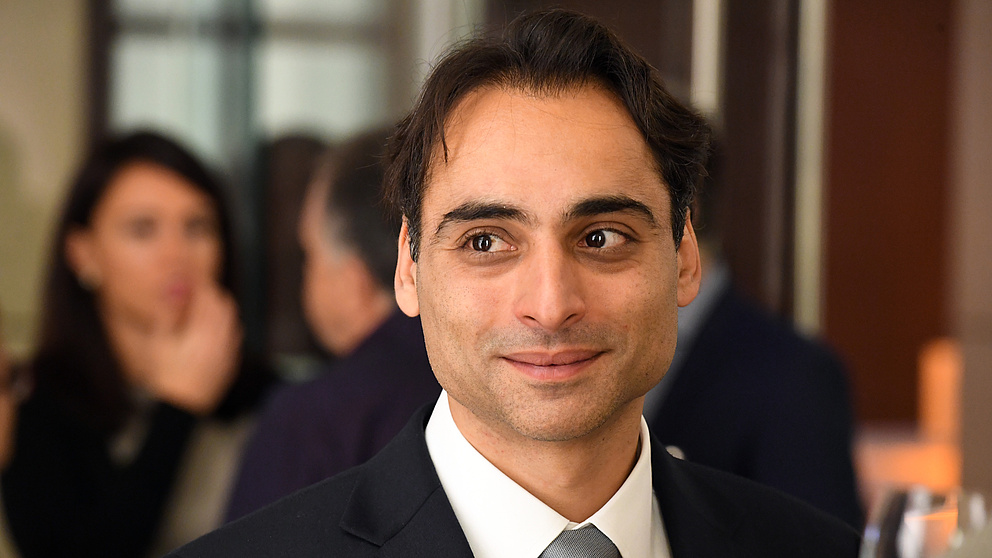

Dr Ufuk Günesdogan
was born in Germany in 1979 and studied Biology at TU Braunschweig from 1999 to 2004, staying on for a year to work as a research assistant. In 2006, he became a doctoral researcher at the Max Planck Institute for Biophysical Chemistry in Göttingen, completing his doctorate in 2010. On the strength of various grants, including a Royal Society Research Grant, Ufuk Günesdogan has been working at the University of Cambridge, United Kingdom, as a postdoc since 2010.
Developmental Biology, Cell Biology
Heredity’s information carriers
We have long known that DNA is not the only information carrier involved in heredity. Identical twins, for example, are born with the same genes but, epigenetically, may develop differently over the course of their lives: whilst one twin may fall victim to diabetes, the other will not. Which mechanisms are at work here is the field studied by epigenetics. The developmental biologist Ufuk Günesdogan investigates issues relating to the development of germ track cells from which sperm cells and egg cells are formed. In particular, he focuses on the role of histones, proteins that are part of DNA packaging and around which the metre-long threads of DNA wind themselves like a spool. But histones are not only packaging, they store additional information which can also be transmitted. Amongst other things, Günesdogan would like to investigate how histone mutations influence the regulation of gene expression.
Host institute: University of Göttingen, Johann Friedrich Blumenbach Institute for Zoology and Anthropology
Host: Professor Dr Ernst A. Wimmer
Enrique Jiménez
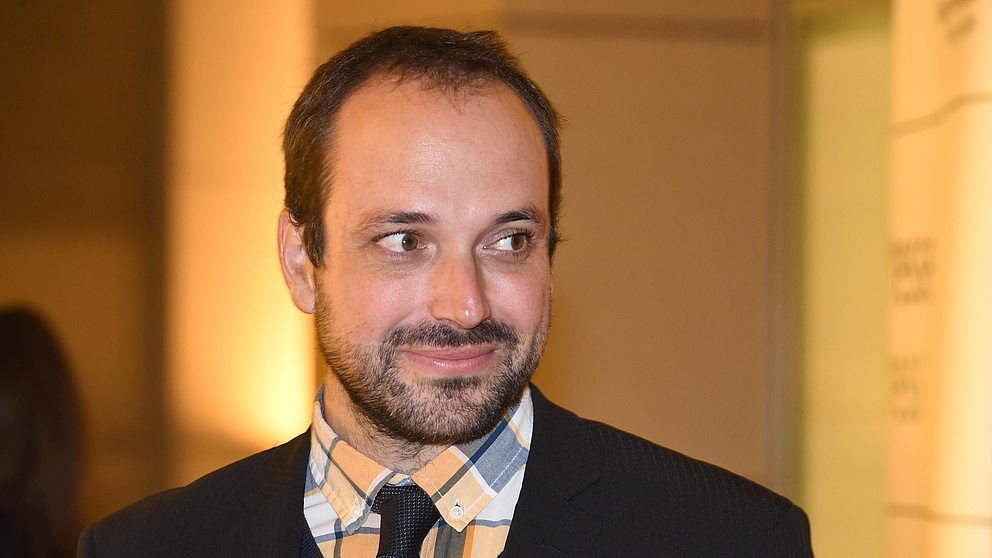

Dr Enrique Jiménez
was born in Spain in 1985 and studied Classical and Hebrew Philology at Complutense University of Madrid from 2003 to 2012. The pursuit of Assyrian Studies took him, amongst others, to Yale University in the United States and Heidelberg University. Enrique Jiménez completed his doctorate at Complutense University in 2013 and subsequently returned to Yale as a postdoc. He came back to Complutense University in 2017 where he has since been working in the Department of Hebrew and Aramaic Studies.
Egyptian and Near-Eastern Classical Studies
Pioneering source work
Some 550,000 texts, engraved in clay tablets in cuneiform, are the main sources of Ancient Oriental Studies. Many of these texts have been languishing, unpublished, in collections and museums around the world. At the same time, the corpus has been growing constantly as excavations unearth ever more clay tablets and writings. The Ancient Orient scholar Enrique Jiménez is a pioneer in unravelling cuneiform of this kind. He is recognised as a specialist with outstanding knowledge of sources who is not satisfied with simply deciphering historical writings. A supporter of the digital humanities, Jiménez works on collating the texts digitally and making them generally accessible online. He was, for instance, involved in Yale University’s Cuneiform Commentaries Project that has published commentaries from Mesopotamia, one of the oldest cohesive groups of hermeneutic texts online. He will pursue a similar goal as a Sofja Kovalevskaja award winner: At the institute of Humboldt Professor Karen Radner in Munich, Jiménez plans to work on and digitally publish a corpus of some 10,000 lines online. He will amalgamate text fragments that are currently distributed around different museums.
Host institute: LMU Munich, Chair of Ancient History of the Near and Middle East
Host: Humboldt Professor Dr Karen Radner
Laura Leal-Taixé
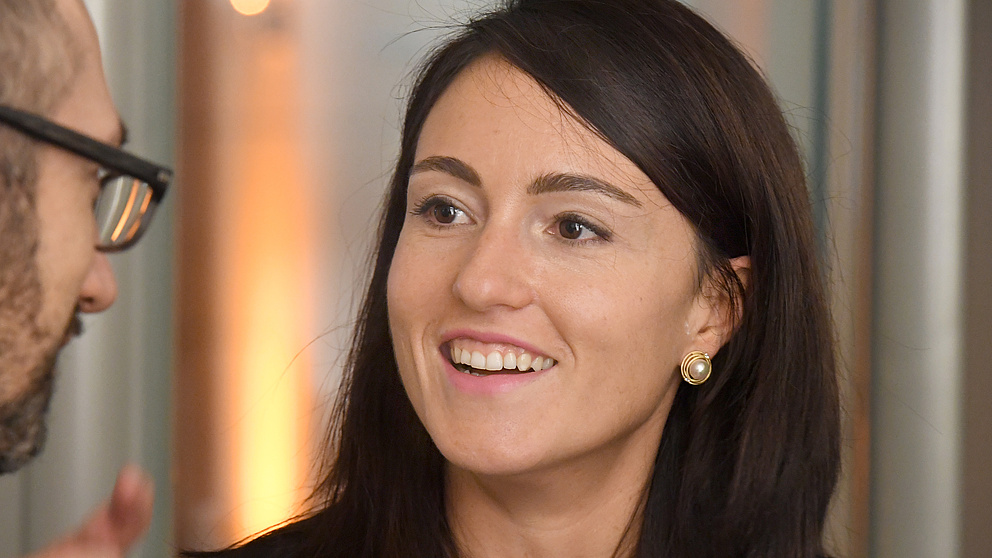

Dr Laura Leal-Taixé
was born in Spain in 1984 and studied telecommunications engineering at BarcelonaTech (UPC) before transferring to Northeastern University in Boston, USA, for her Master’s thesis in 2007. In 2009, she became a research associate at Leibniz Universität Hannover, where she completed her doctorate in 2013. Laura Leal-Taixé then spent two years as a postdoc at ETH Zurich in Switzerland. Since 2016, she has been continuing her research at TUM in Munich.
Artificial intelligence, Image and Language Processing
Envisaging machine vision
Online map services like Google Maps do more than just help us plan a route. They deliver information on the location of shops and restaurants, for example, or update us on traffic news. So far, information on social aspects, such as how people interact in public spaces and what movement patterns result, has not been part of the portfolio. Analysing and interpreting this kind of dynamic scenario data is currently one of the major challenges facing image processing. And this is where Laura Leal-Taixé’s research comes in: As a Sofja Kovalevskaja award winner, she wants to develop artificial intelligence methods to recognise the behaviour of crowds, motion paths and interactions in video sequences and integrate this social information into digital maps. The aim of her research is to analyse data on the spatial environment more precisely in order to differentiate more easily between streams of vehicles and streams of pedestrians. Leal-Taixé’s results could also help to design public spaces more sustainably.
Host institute: TUM, Department of Computer Science and Mathematics, Chair of Computer Vision & Pattern Recognition, Garching
Host: Professor Dr Daniel Cremers
David (Doddy) Marsh
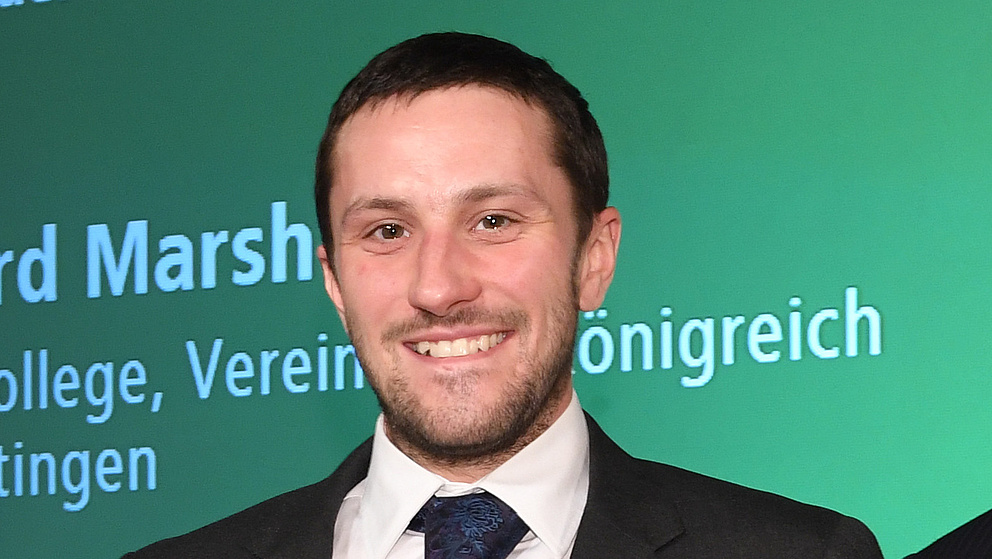

Dr David J. E. Marsh
was born in England in 1987 and studied mathematical physics at the University of Edinburgh from 2005 to 2009, subsequently moving to Oxford University where he completed his doctorate in 2012. His first postdoctoral position took him to the Perimeter Institute for Theoretical Physics in Waterloo, Canada, from where he returned to the UK to become a Royal Astronomical Society postdoctoral fellow at King’s College London in 2015.
Astrophysics
The search for dark matter
It accounts for a huge part of our universe but we still do not know very much about it: dark matter is one of the great puzzles of physics. Impossible to see with the naked eye or even a telescope, it is largely unclear to this day what it is actually made of. Current cosmology believes that the main components of dark matter are WIMPs – weakly interacting massive particles. But no-one has been able to prove this hypothesis so far. On his search for alternative models, David J. E. Marsh’s research has thrown up new ways of approaching the issue. The astrophysicist is investigating to what extent dark matter might be composed of axions, another ultra-light elementary particle which has not yet been proven in experiments either. Marsh’s work delivers theoretical calculations that predict individual properties in axions that can then be proven or excluded by astronomical observation. He plans to spend his time as a Sofja Kovalevskaja award winner extending his calculation models and combining them with computer simulations.
Host institute: University of Göttingen, Institute for Astrophysics
Host: Professor Dr Jens Niemeyer
Anna Martius, geb. Levina
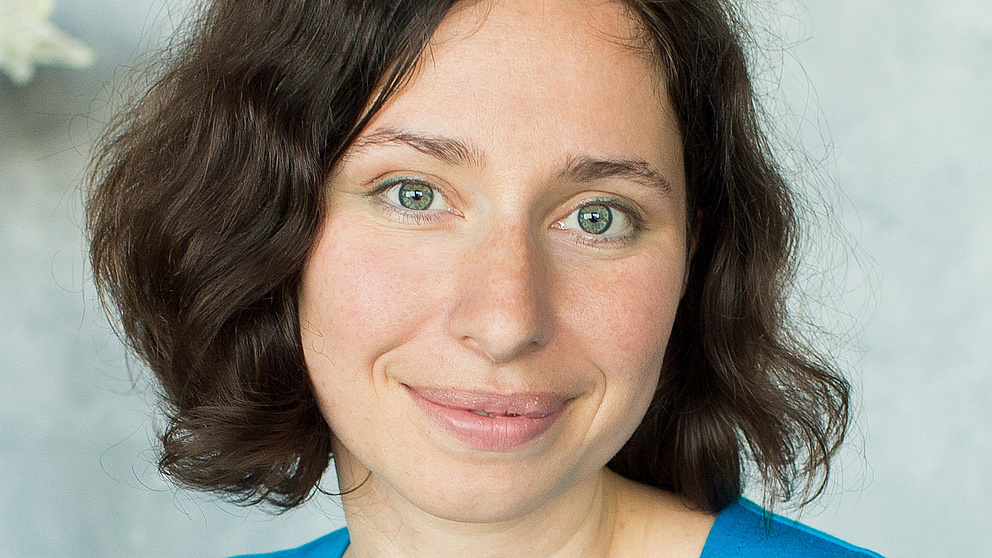

Dr Anna Martius, geb. Levina
was born in the Soviet Union in 1981 and studied Mathematics at St Petersburg State University. In 2004, she relocated to the University of Göttingen where she completed her doctorate in 2008. Her first postdoctoral position was at Göttingen’s Max Planck Institute for Dynamics and Self-Organisation from where she transferred to the Max Planck Institute for Mathematics in the Sciences in Leipzig in 2011. From 2015 to 2017, Anna Levina was a Fellow at the Institute of Science and Technology in Klosterneuburg, Austria. Since April 2017, she has been pursuing her research at the Max Planck Institute for Biological Cybernetics in Tübingen.
Systemic Neuroscience, Computational Neuroscience
The brain on the edge of chaos
Millions of neurons interact in the brain that organises itself into a complex system. The neuroscientist Anna Levina focuses her attention on what is known as criticality, an important characteristic of the brain’s self-organisation: In a critical state, the transmission of signals resembles an avalanche. If a nerve cell transmits an electrical impulse, it can trigger another impulse in the next neuron down the line, but does not necessarily do so. Depending on whether and how often impulses are transmitted it can lead to a chain of neuronal discharges like an avalanche. It is believed that these events play an important role in processing information in the brain. In earlier work, Anna Levina already made significant contributions to the mathematical analysis and modelling of such critical states in neuronal systems. In the future, she not only wants to drive our understanding of neuronal dynamics in the brain but, as a Sofja Kovalevskaja award winner, to concentrate on analysing particularly efficient neuronal networks, which are also important for developing artificial intelligence.
Host institute: University of Tübingen, Werner Reichardt Centre for Integrative Neuroscience
Host: Professor Dr Matthias Bethge
Matteo Smerlak
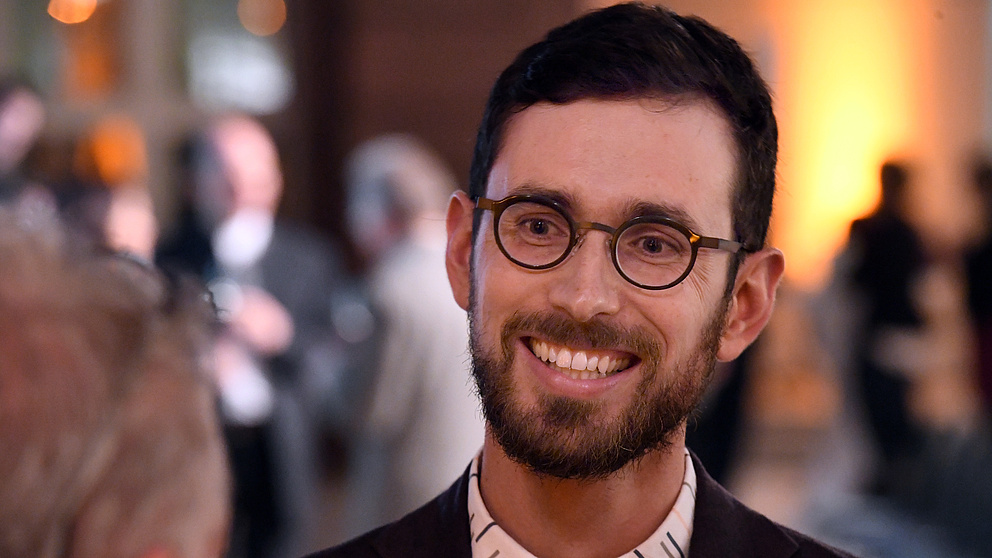

Dr Matteo Smerlak
was born in France in 1984 and took a Master’s in theoretical physics at the École normale supérieure in Paris in 2007. For his doctorate, which he completed in 2011, he moved to Aix-Marseille University, subsequently continuing his research as a junior scientist at the Max Planck Institute for Gravitational Physics (Albert Einstein Institute) in Potsdam. Since 2013, Matteo Smerlak has been a postdoc at the Perimeter Institute for Theoretical Physics in Waterloo, Canada, from where he has repeatedly taken on teaching assignments to the African Institutes for Mathematical Sciences in South Africa, Cameroon and Ghana.
Statistical Physics, Theoretical Biology
Predicting evolution
Matteo Smerlak’s background is in mathematical, theoretical physics and his work on quantum gravity has already attracted much attention. Recently, he has moved more towards interdisciplinary research at the boundaries of physics and biology, innovatively linking statistical physics with theoretical biology. In concrete terms, he addresses the complex systems, huge networks, which, to a large extent, organise themselves without central control and demonstrate complex collective behaviour. Systems of this kind are to be found in economics and sociology, but especially in biology. This is where Matteo Smerlak applies methods borrowed from statistical physics to evolutionary biology to derive both universal and statistical laws of evolution. Using this approach, the Sofja Kovalevskaja award winner wants to focus on fundamental questions such as the predictability of evolutionary developments.
Host institute: Max Planck Institute for Mathematics in the Sciences, Leipzig
Host: Professor Dr Jürgen Jost
